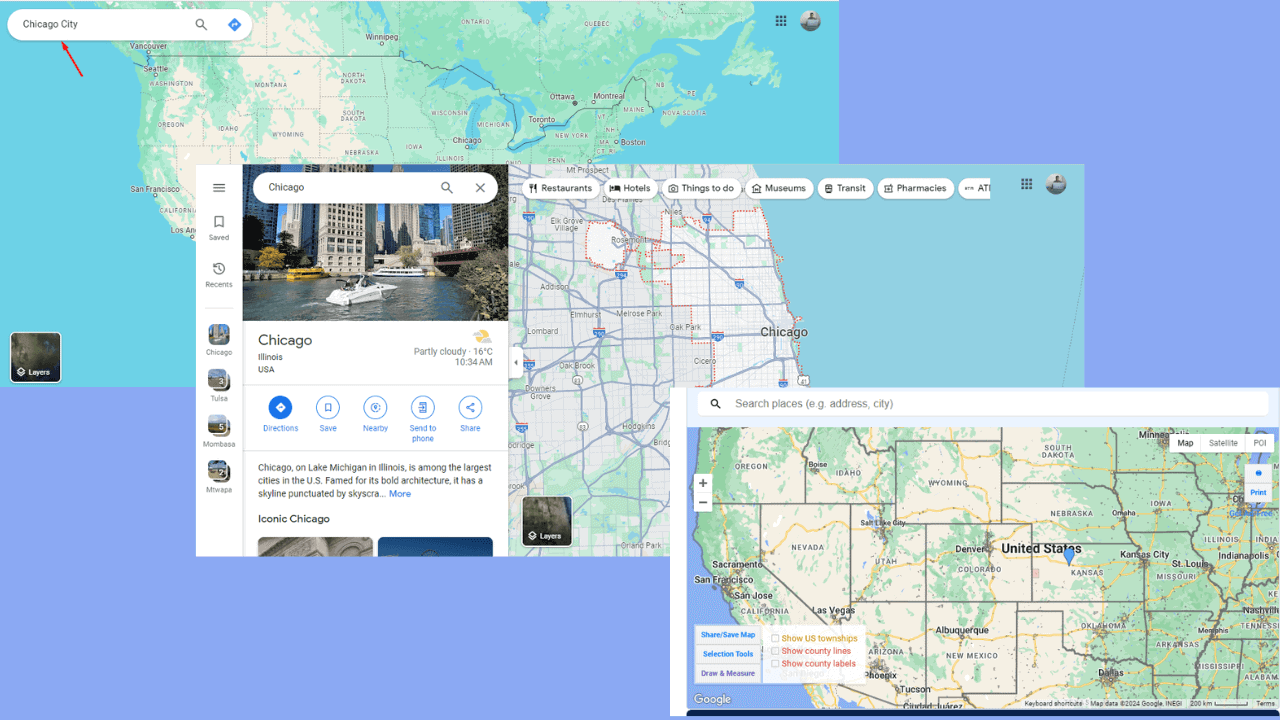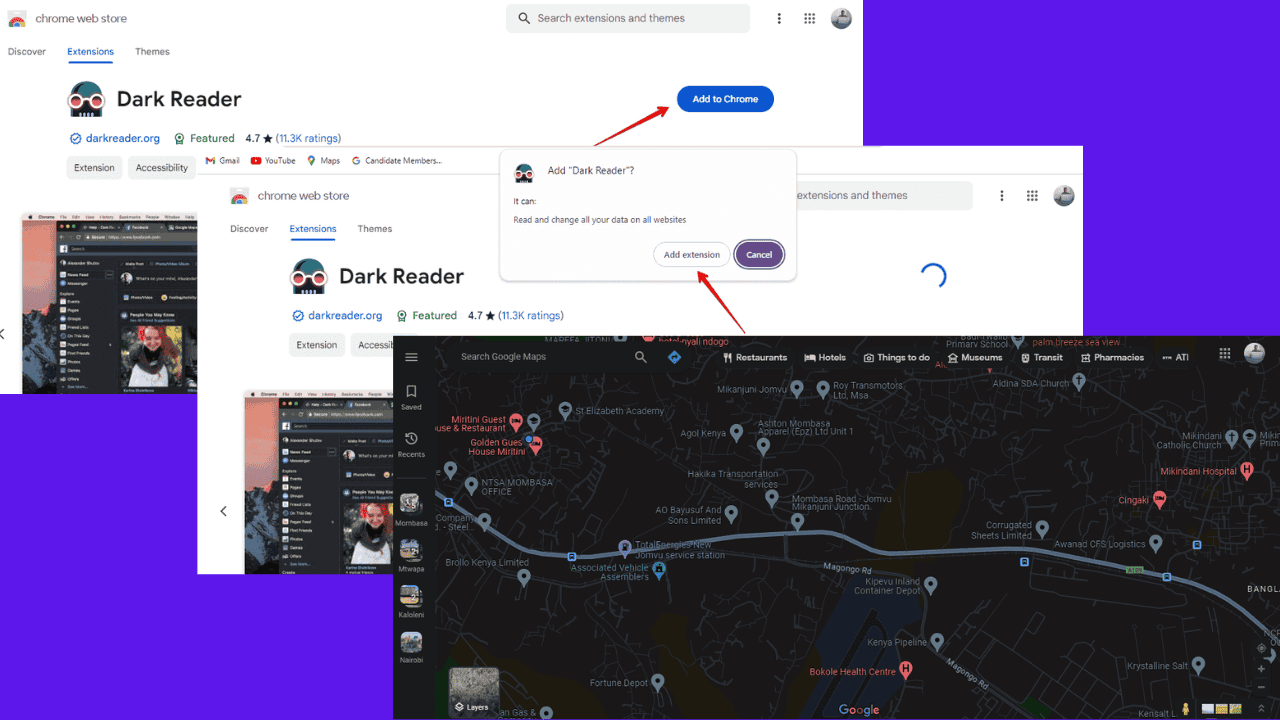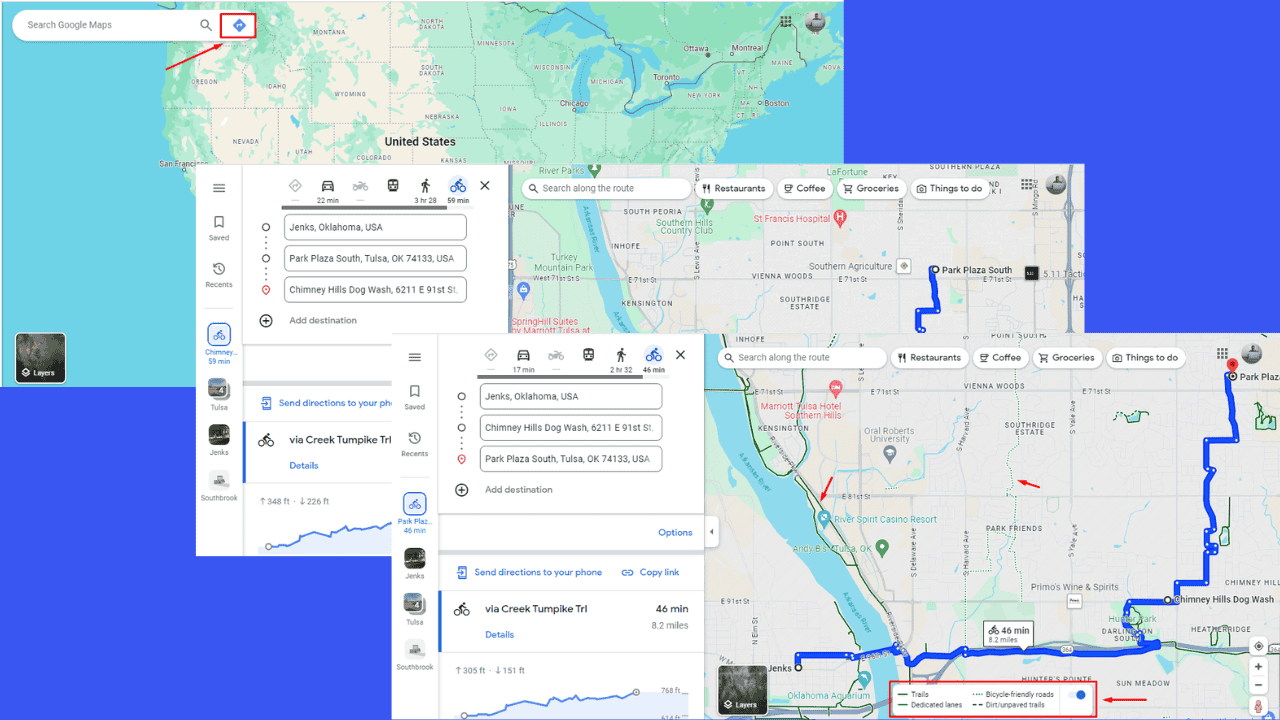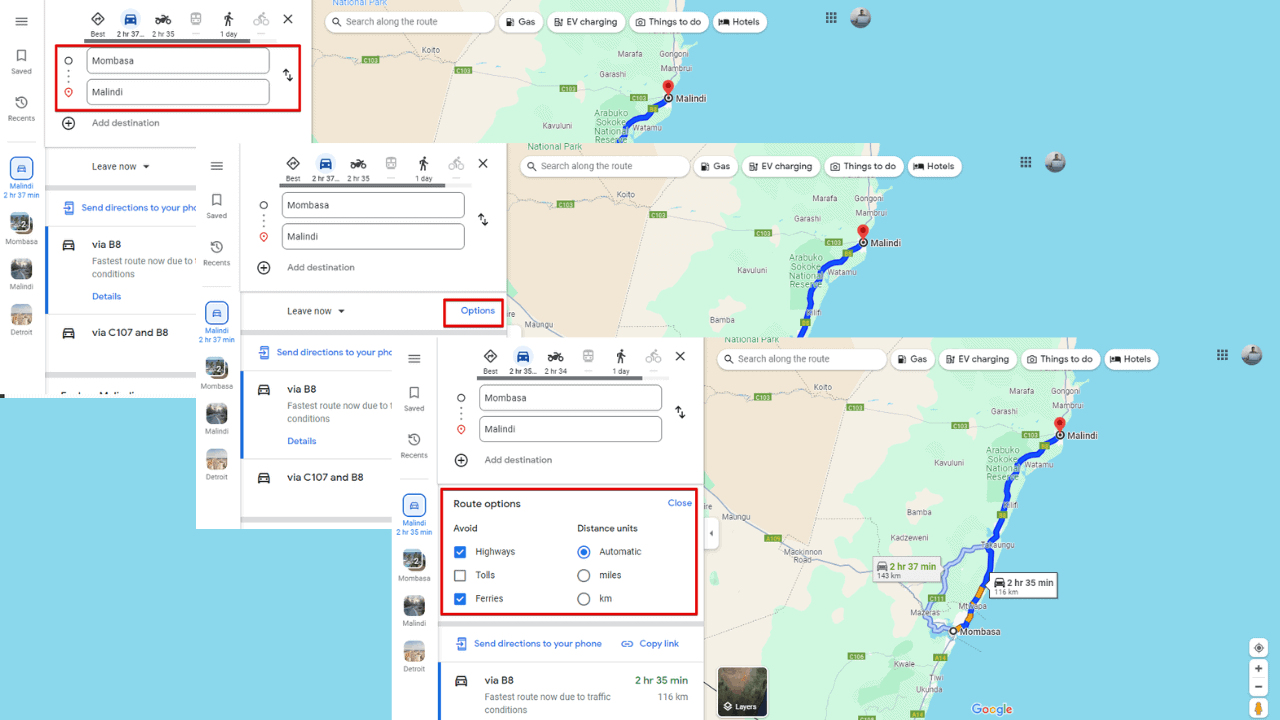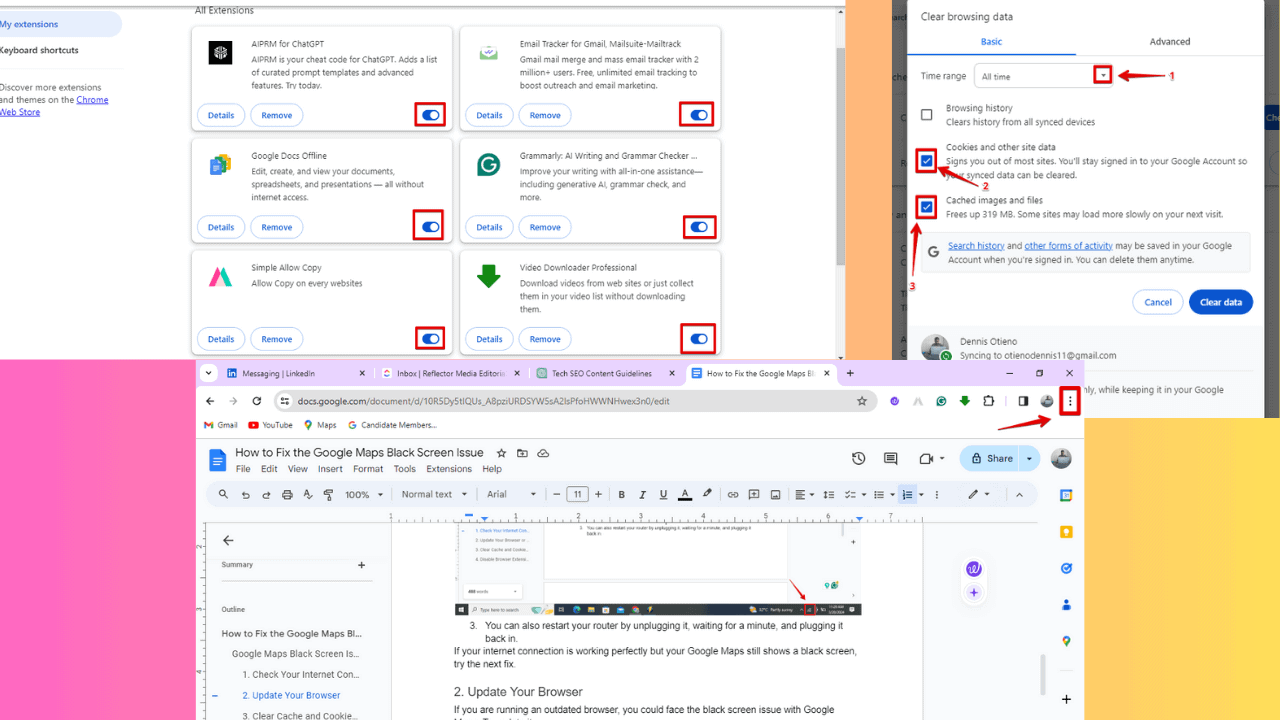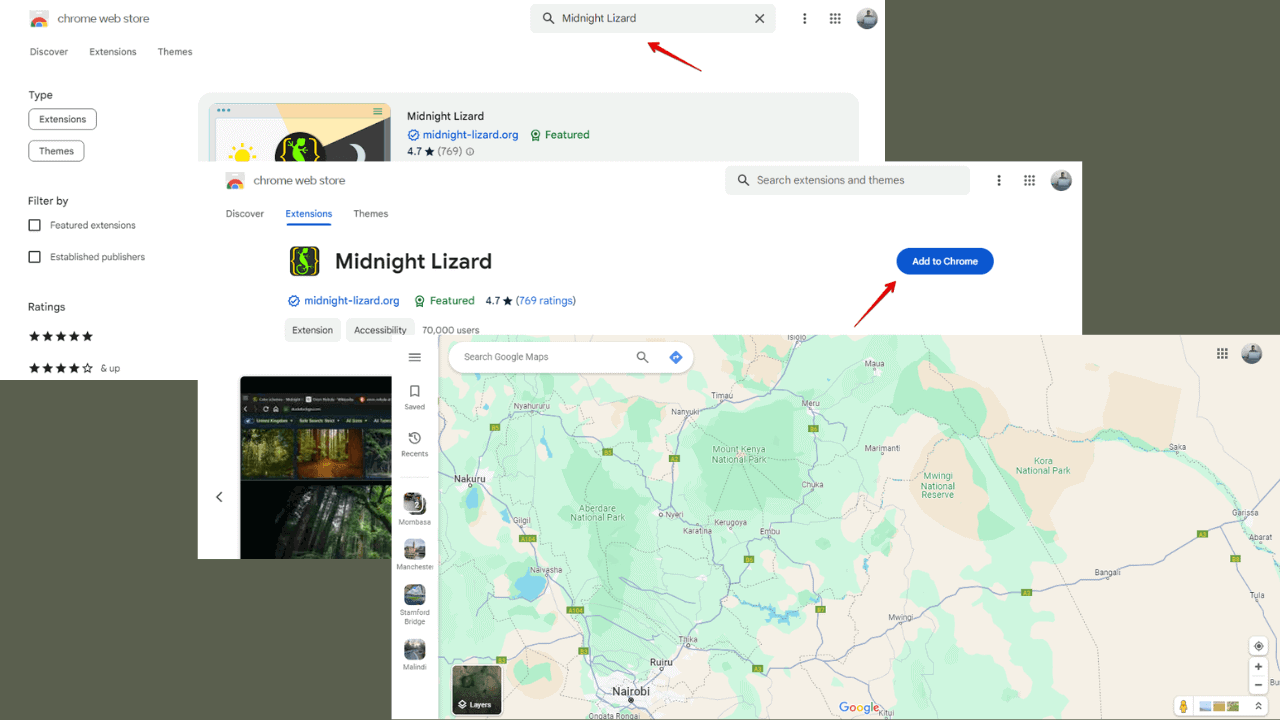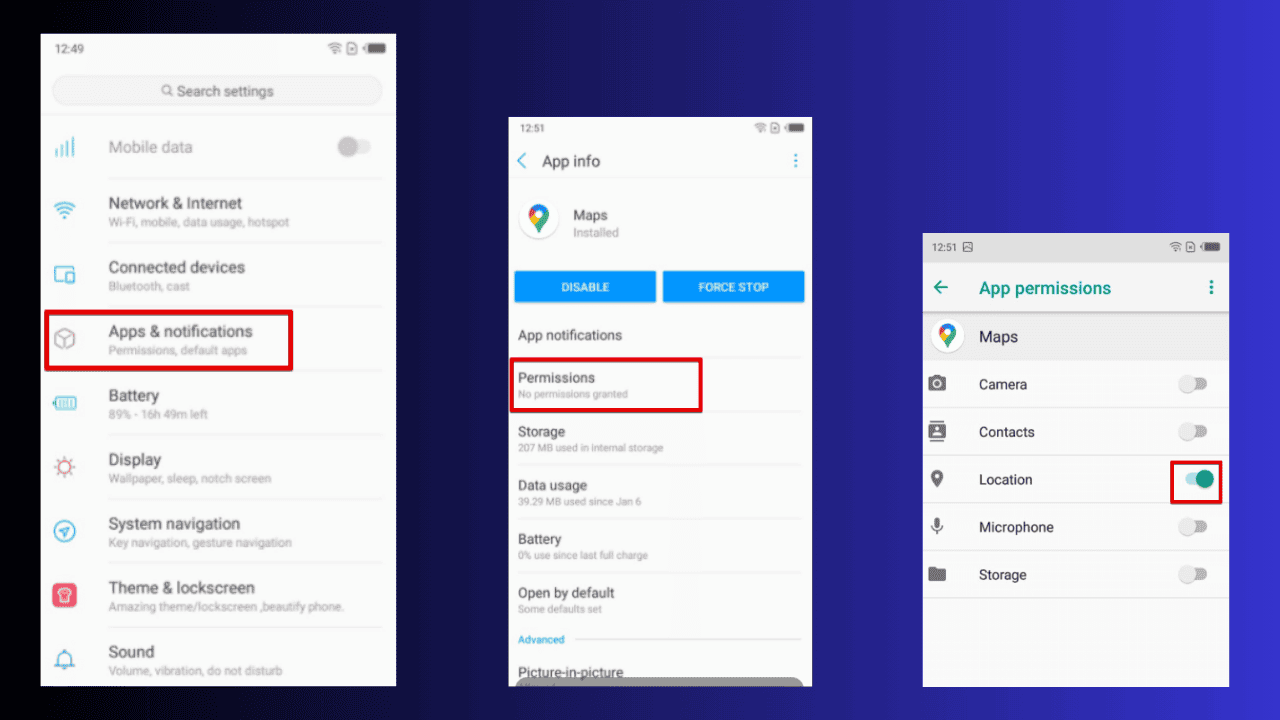Google releases Android 12, check out the list of new features
6 min. read
Published on
Read our disclosure page to find out how can you help MSPoweruser sustain the editorial team Read more
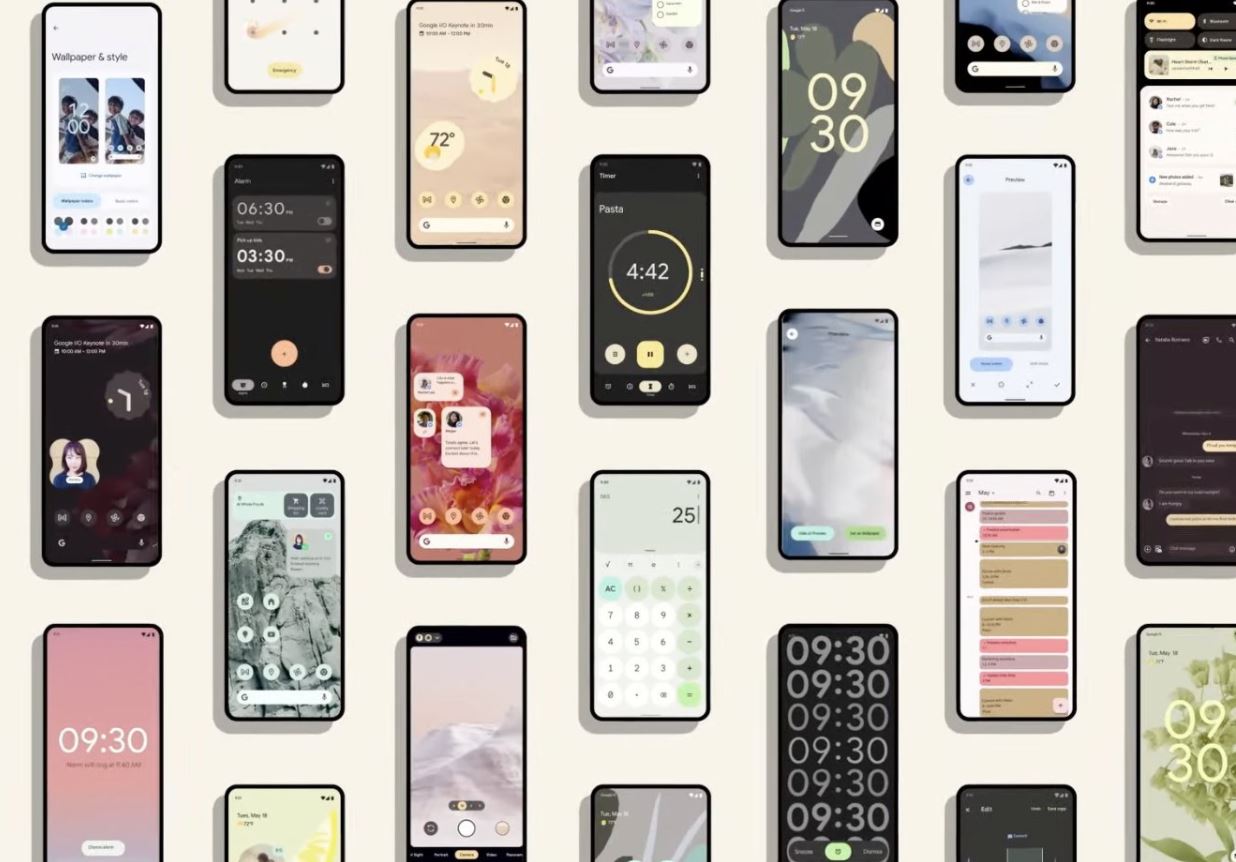
Google today announced the official release of the latest version of Android, Android 12. Android 12 update will be coming to Pixel devices in the next few weeks and Samsung Galaxy, OnePlus, Oppo, Realme, Tecno, Vivo, and Xiaomi devices later this year. In addition to end user features like Material You design, redesigned widgets and improved Notification UI, Android 12 also comes with several improvements for developers. Find the full change log of Android 12 below.
A new UI for Android
Material You – Android 12 introduces a new design language called Material You, helping you to build more personalized, beautiful apps. To bring all of the latest Material Design 3 updates into your apps, try an alpha version of Material Design Components and watch for support for Jetpack Compose coming soon.
Redesigned widgets – We refreshed app widgets to make them more useful, beautiful, and discoverable. Try them with new interactive controls, responsive layouts for any device, and dynamic colors to create a personalized but consistent look. More here.
Notification UI updates – We also refreshed notification designs to make them more modern and useful. Android 12 also decorates custom notifications with standard affordances to make them consistent with all other notifications. More here.
Stretch overscroll – To make scrolling your app’s content more smooth, Android 12 adds a new “stretch” overscroll effect to all scrolling containers. It’s a natural scroll-stop indicator that’s common across the system and apps. More here.
App launch splash screens – Android 12 also introduces splash screens for all apps. Apps can customize the splash screen in a number of ways to meet their unique branding needs. More here.
Performance
Faster, more efficient system performance – We reduced the CPU time used by core system services by 22% and the use of big cores by 15%. We’ve also improved app startup times and optimized I/O for faster app loading, and for database queries we’ve improved CursorWindow by as much as 49x for large windows.
Optimized foreground services – To provide a better experience for users, Android 12 prevents apps from starting foreground services while in the background. Apps can use a new expedited job in JobScheduler instead. More here.
More responsive notifications – Android 12’s restriction on notification trampolines helps reduce latency for apps started from a notification. For example, the Google Photos app now launches 34% faster after moving away from notification trampolines. More here.
Performance class – Performance Class is a set of device capabilities that together support demanding use-cases and higher quality content on Android 12 devices. Apps can check for a device’s performance class at runtime and take full advantage of the device’s performance. More here.
Faster machine learning – Android 12 helps you make the most of ML accelerators and always get the best possible performance through the Neural Networks API. ML accelerator drivers are also now updatable outside of platform releases, through Google Play services, so you can take advantage of the latest drivers on any compatible device.
Privacy
Privacy Dashboard – A new dashboard in Settings gives users better visibility over when your app accesses microphone, camera, and location data. More here.
Approximate location – Users have even more control over their location data, and they can grant your app access to approximate location even if it requests precise location. More here.
Microphone and camera indicators – Indicators in the status bar let users know when your app is using the device camera or microphone. More here.
Microphone and camera toggles – On supported devices, new toggles in Quick Settings make it easy for users to instantly disable app access to the microphone and camera. More here.
Nearby device permissions – Your app can use new permissions to scan for and pair with nearby devices without needing location permission. More here.
Better user experience tools
Rich content insertion – A new unified API lets you receive rich content in your UI from any source: clipboard, keyboard, or drag-and-drop. For back-compatibility, we’ve added the unified API to AndroidX. More here.
Support for rounded screen corners – Many modern devices use screens with rounded corners. To deliver a great UX on these devices, you can use new APIs to query for corner details and then manage your UI elements as needed. More here.
AVIF image support – Android 12 adds platform support for AV1 Image File Format (AVIF). AVIF takes advantage of the intra-frame encoded content from video compression to dramatically improve image quality for the same file size when compared to older image formats, such as JPEG.
Compatible media transcoding – For video, HEVC format offers significant improvements in quality and compression and we recommend that all apps support it. For apps that can’t, the compatible media transcoding feature lets your app request files in AVC and have the system handle the transcoding. More here.
Easier blurs, color filters and other effects – new APIs make it easier to apply common graphics effects to your Views and rendering hierarchies. You can use RenderEffect to apply blurs, color filters, and more to RenderNodes or Views. You can also create a frosted glass effect for your window background using a new Window.setBackgroundBlurRadius() API, or use blurBehindRadius to blur all of the content behind a window.
Enhanced haptic experiences – Android 12 expands the tools you can use to create informative haptic feedback for UI events, immersive and delightful effects for gaming, and attentional haptics for productivity. More here.
New camera effects and sensor capabilities – New vendor extensions let your apps take advantage of the custom camera effects built by device manufacturers—bokeh, HDR, night mode, and others. You can also use new APIs to take full advantage of ultra high-resolution camera sensors that use Quad / Nona Bayer patterns. More here.
Better debugging for native crashes – Android 12 gives you more actionable diagnostic information to make debugging NDK-related crashes easier. Apps can now access detailed crash dump files called tombstones through the App Exit Reasons API.
Android 12 for Games – With Game Mode APIs, you can react to the players’ performance profile selection for your game – like better battery life for a long commute, or performance mode to get peak frame rates. Play as you download will allow game assets to be fetched in the background during install, getting your players into gameplay faster.
Source: Google




